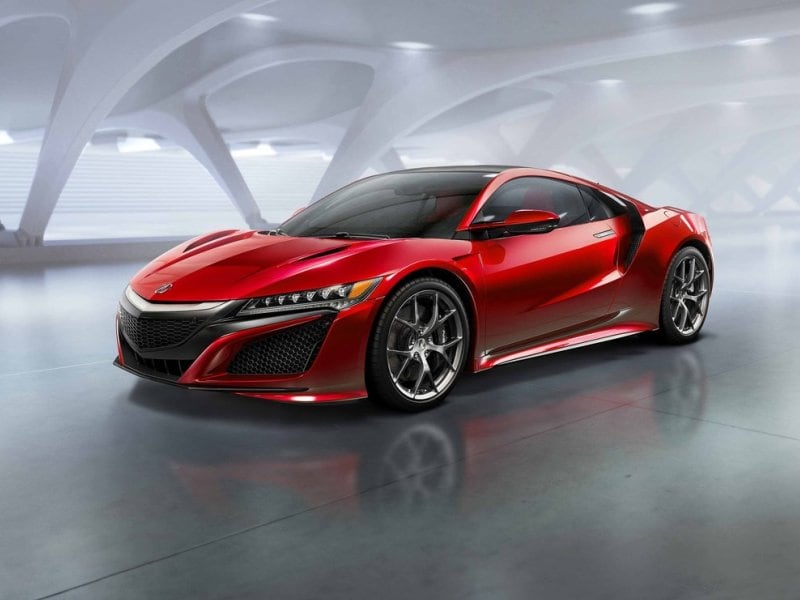Recent Articles
Popular Makes
Body Types
10 Best Halo Cars Over the Years
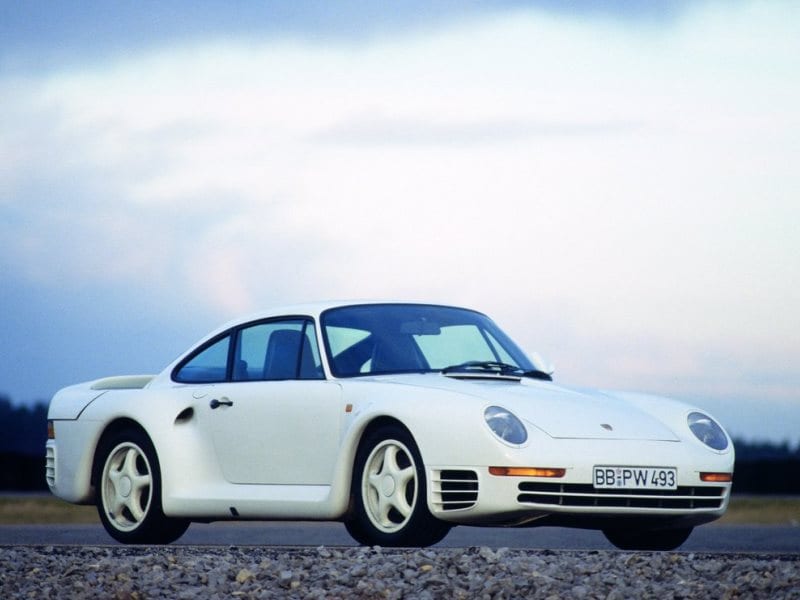
Halo cars are meant to be shining high-tech accomplishments that show off the best of what an automaker is able to accomplish. Whether they be outrageously-styled attention-getters, retro throwbacks, high performance overachievers, or ultra-luxurious cruisers, the best halo cars over the years have been those that lifted a brand above its previous accomplishments and boosted its credibility across the board. In some cases, these cars have even played a pivotal role in transforming the fortunes of their respective companies.
Let's take a quick look at 10 of the best halo cars over the years.
1. Ford GT
The saga of the Ford GT has had many chapters. Initially conceived as an homage to the GT40 that won so many racing titles for the Blue Oval in the 1960s, the Ford GT borrowed its predecessors looks but introduced a level of speed and handling that would have been inconceivable without the use of the latest design techniques and engine technologies. A supercharged 5.4-liter V-8 engine that produced 550 horsepower and 500 lb-ft of torque was mounted amidships in each and every GT that left the factory during its 2005-2006 production run, and the car would hit 60-mph from a standing start in just 3.5 seconds. An initial flurry of strong sales was followed by downturn in customer interest, and looming changes to safety regulations ended production after just two years. In the past 10 years, however, the Ford GT has actually appreciated in value, making it a rare score on the secondhand supercar scene.
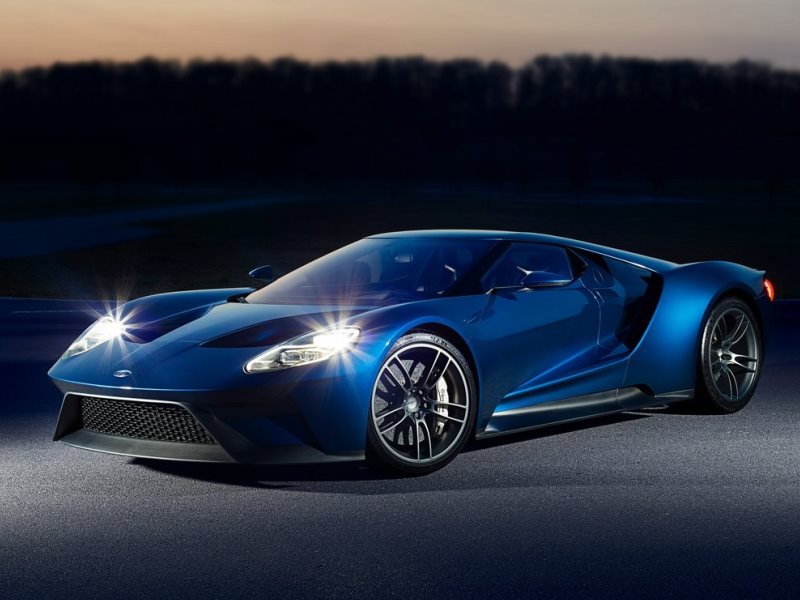
2. BMW Z8
The BMW Z8 is another halo car with a retro theme, only this time BMW reached back all the way to the 507 roadster that introduced the German brand to a wider performance audience at the end of the 1950s. The BMW Z8 convertible came with a 400 horsepower V-8 engine that was also good for 370 lb-ft of torque, which translated into a top speed of 155-mph (electronically limited). Very few Z8s were built, but the publicity that the car received after being featured in the James Bond film series boosted its profile to the point where collectors were scrambling to get a hold of one of the fewer than 2,500 examples that made it to North America.
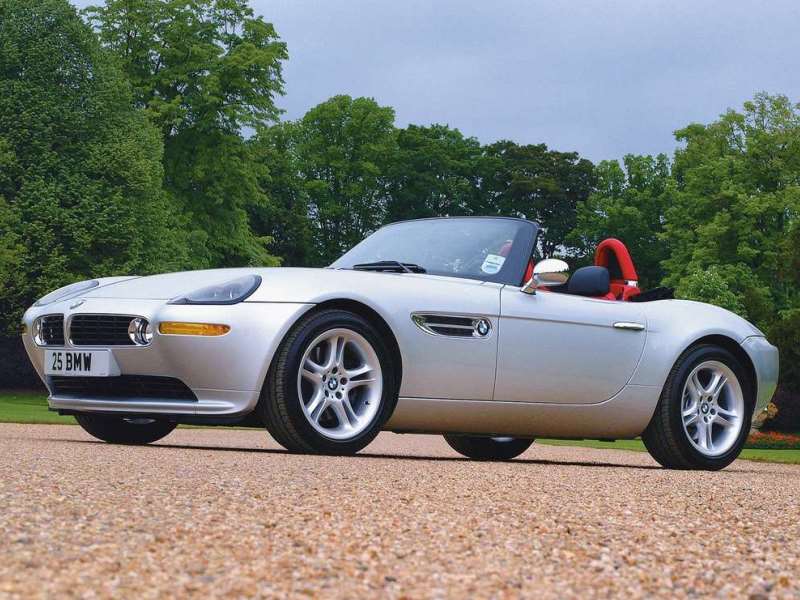
3. Ferrari F40
The Ferrari F40 re-wrote the rules for what was possible from a high performance exotic in the 1980s. Just over 1,300 Ferrari F40s were built between 1987 and 1991, and the car's take-no-prisoners attitude towards speed and handling were evident from its bewinged body work, its lack of internal door handles (fabric pulls were used instead), and its twin-turbo V-8 engine. With a curb weight of 2,425 lbs, the car's 478 horsepower were able to accelerate the F40 to a top speed of 201-mph, making it the first production car to bust the double century mark. The F40 was also the final product to leave Maranello with the direct approval of company founder Enzo Ferrari.
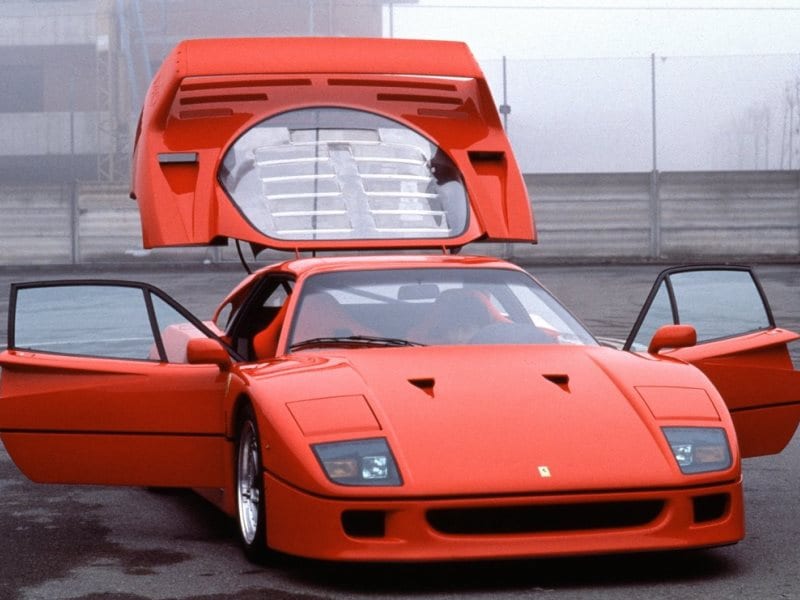
4. Aston Martin Vulcan
The Aston Martin Vulcan might not be legal for road use, but the fact that it exists at all is a testament to the speed fiends who are at the heart of the British automaker. The Aston Martin Vulcan makes use of a 7.0-liter, 12-cylinder engine to generate 800 horsepower, and its extensive use of carbon fiber and lightweight metals see it tipping the scales at a measly 2,970 lbs. Aston Martin plans on building only 24 examples of the Vulcan supercar, which also offers an adaptive suspension system, a six-speed sequential transmission, and a race-tuned limited-slip rear differential.
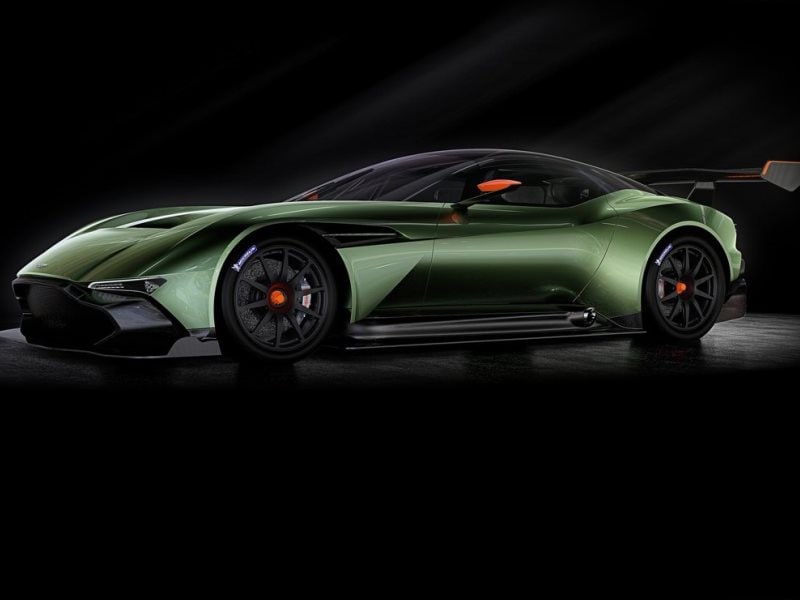
5. Lexus LFA
Despite a somewhat complex initial launch where no one was allowed to actually buy the Lexus LFA, only lease it after being selected by the company, the two-door coupe has proven to be something of a transitional moment. Many point at the production of the Lexus LFA in 2010 as marking the beginning of an era where Lexus started to embrace performance over mere engineering competence and luxurious comfort. That the LFA was quick was never in question: a Formula 1-inspired 4.8-liter V-10 engine spun out 553 horsepower through a six-speed sequential transmission, which was enough to see the car flirt with the record books at the Nurburgring during its short, two-year production period.
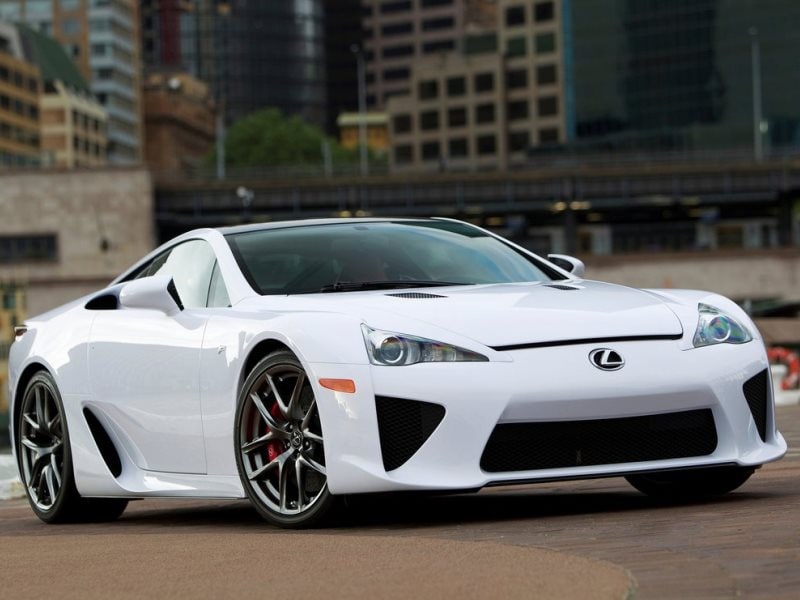
6. Chevrolet Corvette ZR-1
The Chevrolet Corvette ZR-1, or 'Blue Devil,' had a slightly longer season in the sun than the LFA. The Chevrolet Corvette ZR-1's reign of terror began in 2009 and continued on for the next three years, during which it enjoyed the title of the quickest sports car ever built by General Motors. Based on the C6-generation Corvette, the ZR-1 featured a supercharged 6.2-liter V-8 good for 638 horses and 604 lb-ft of twist. A six-speed manual transmission sends that output to the rear wheels, where it helps the Chevrolet achieve a top speed of 205-mph - all for much less money than a comparably-quick Ferrari or Lamborghini of the same era.
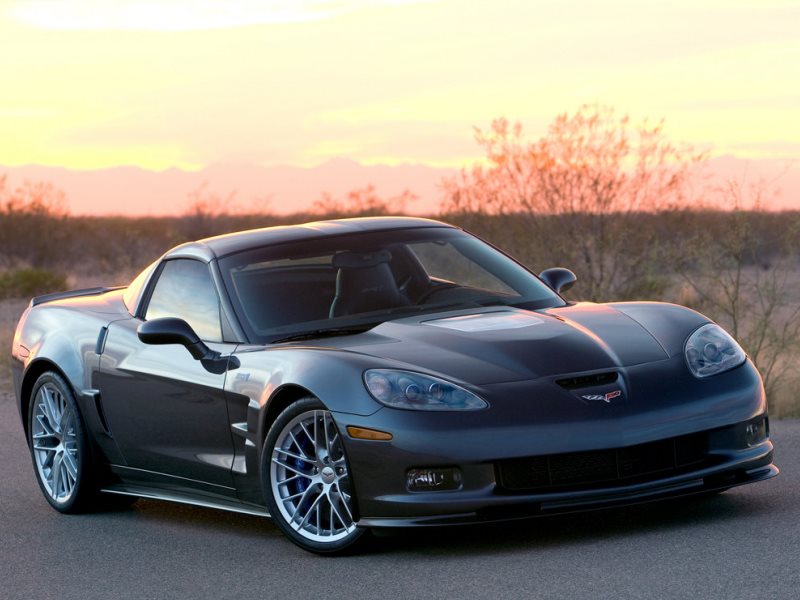
7. Alfa Romeo 8C Competizione
The Alfa Romeo 8C Competizione was the Italian automaker's tentative return to the North American market, an effort that was so well-received that just a few years later the company elected to go full steam ahead into U.S. showrooms. Produced between 2008 and 2010, 500 versions of the gloriously-styled 8C Competizione made into customer garages, where the proud owners enjoyed 444 horsepower and 350 lb-ft of torque from a 4.7-liter V-8 engine. One of the rarest vehicles on this list, the Alfa Romeo 8C Competizione remains coveted to this day, and has been succeeded in the United States by the smaller, but similarly-breathtaking Alfa Romeo 4C.
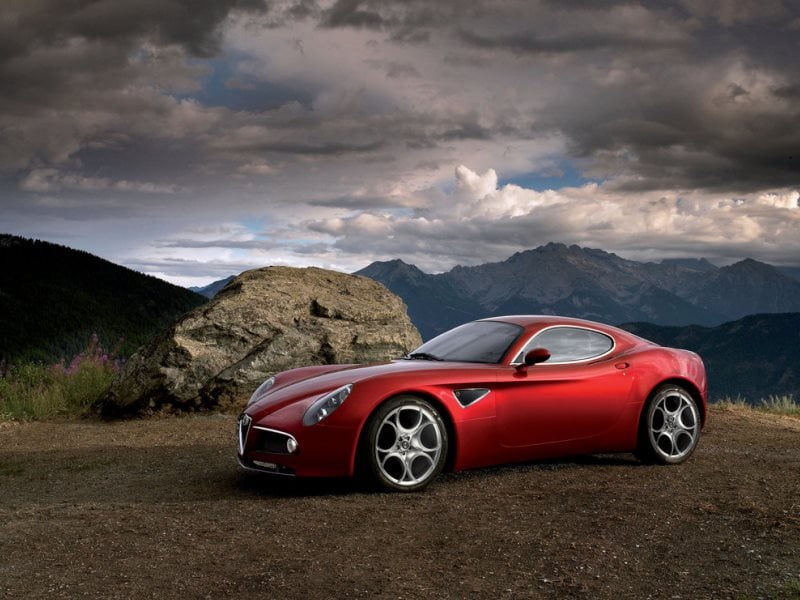
8. Nissan GT-R
The Nissan GT-R's status as a halo car can be traced back to the 1970s when factory hot rod versions of the Nissan Skyline first hit the scene. Although the Skyline name was never imported to America, the Nissan GT-R has proven to be a high tech powerhouse for fans of Japanese sports cars. The latest version of the GT-R offers 545 horsepower and 463 lb-ft of torque from a twin-turbo, 3.8-liter V-6 engine, providing it with giant-slaying performance. The sprint to 60-mph in this car takes a mere 3.2 seconds thanks largely to the car's standard all-wheel drive system, six-speed automated manual transmission, and launch control feature.

9. Porsche 959
The Porsche 959 was never legalized for sale in the United States, but a number of grey-market examples - including one famously owned by software magnate Bill Gates - made it across the Atlantic in the decades since the last version of the coupe was built in 1989. The Porsche 959 was originally intended as a rallying effort, and the stretched-wheelbase car competed in the flat-out fury of Group B rally before transitioning into a street model. Porsche threw the kitchen sink at the 959, giving it a host of never-before-seen technologies such as adjustable all-wheel drive and a twin-turbo, 2.8-liter six-cylinder engine that pushed out 444 horsepower and 369 lb-ft of torque - unheard of in the '80s. The car was capable of reaching 60-mph in a scant 3.6 seconds on its way to a 190-mph top speed.
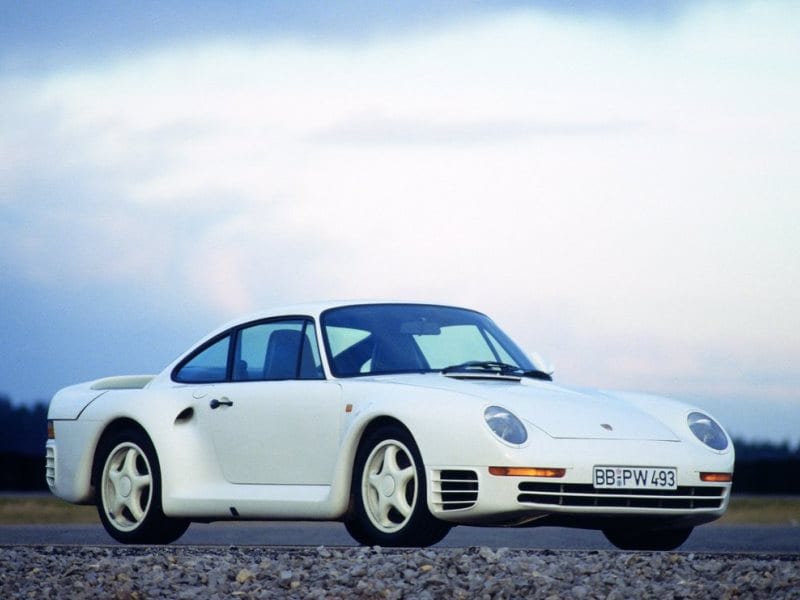
10. Acura NSX
The Acura NSX proved to the world that a Japanese car company could compete with Italian exotics on the track without sacrificing any of the rock-solid reliability that were part and parcel of the country's automotive reputation. The NSX also gave Acura a halo car to be proud of at a time when Americans weren't quite sure what to think of the upstart import luxury brand. Featuring sleek body work, a mid-mounted V-6, as much as 290 horsepower, and a chassis that was tuned with input from F1 driver Ayrton Senna, the Acura NSX remains a modern classic that can hold its own on a road course.
